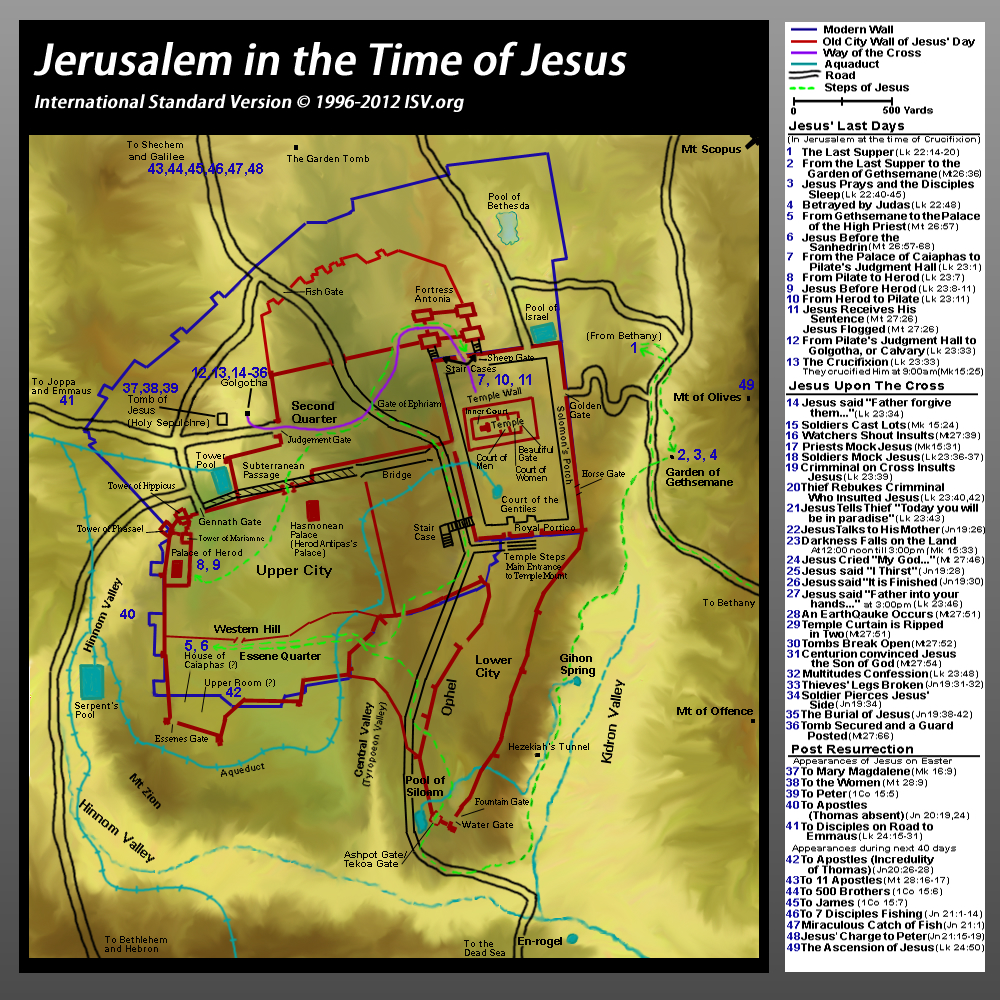The city of Jerusalem, a cornerstone of biblical history, emerges as a microcosm of life during the time of Jesus. In its narrow streets and bustling markets, one can observe the intricate tapestry of religion, politics, and social dynamics that defined an era of profound significance for Christianity. This exploration will delve into the multifaceted existence of Jerusalem, examining the interplay between its vibrant religious practices, the political climate of the day, and the daily lives of its inhabitants.
The city itself is steeped in ancient heritage, with a geographic location that has made it a focal point for countless civilizations. Jerusalem’s elevation adds to its mystique, symbolizing its spiritual significance and acting as a literal and figurative high ground. The Holy City is often perceived as a divine nexus, where heaven and earth converge. For the Jewish population, it was the locus of worship, centered around the magnificent Temple, and for early Christians, it was an epicenter of prophetic fulfillment and sacred memory.
During Jesus’ time, Jerusalem was a bustling hub of religious fervor. The Second Temple stood as an architectural marvel, a symbol of Jewish identity and a testament to their faith. Pilgrims flocked to Jerusalem for the major festivals, such as Passover, Shavuot, and Sukkot, each filled with profound meaning and deep-rooted traditions. The Temple was not merely a religious edifice; it was a socio-political institution that influenced every aspect of life in the city. The rituals performed there were imbued with layers of significance, drawing connections to covenantal history and prophetic expectations.
Amidst this religious landscape, Jesus’ ministry unfolded with revolutionary intent. His messages of love, compassion, and inclusivity posed a stark contrast to the rigid expectations of the religious elite, namely the Pharisees and Sadducees. By challenging the status quo, he offered a radical reinterpretation of faith; a beckoning towards a more personal and relational understanding of God. This approach drew not only disciples but also the ire of religious authorities, setting the stage for the monumental events that were to follow.
Politics in Jerusalem during this period was characterized by tension. The city was under Roman occupation, a backdrop that cast a long shadow over the daily lives of its citizens. The Roman governance system imposed a unique set of challenges, marked by heavy taxation and a pervasive military presence. However, this socio-political strife acted as both a burden and a catalyst for change. Many Jews, longing for liberation, found in Jesus a potential liberator, further complicating their understanding of messianic expectations.
The complex relationship between the Roman authorities and the Jewish population created an atmosphere ripe for unrest. The Sicarii and Zealots emerged as factions advocating for violent revolt against Roman rule, underscoring the desperation felt by many Jewish nationalists. Yet, amidst such turmoil, the teachings of Jesus called for a different paradigm. He preached a kingdom that was not of this world, emphasizing spiritual renewal over political revolution. His actions, such as the cleansing of the Temple, symbolized an affront to both the practices of the religious leaders and Roman control, blending the sacred with the contemporary political landscape.
The interplay of socio-religious dynamics and political instability indelibly shaped the lives of ordinary Jerusalemites. Daily existence encompassed a blend of agricultural labor, artisanal craftsmanship, and communal festivals. Marketplaces teemed with vibrant exchanges, and homes often served as hubs for familial and communal bonding. Yet, beneath this surface vibrancy lay tensions that could erupt into violence with little warning. The zeal for religious freedom was often intertwined with a desperate yearning for political autonomy.
Jerusalem’s significance extends beyond its immediate geography and historical happenings. It embodies a rich narrative that transcends conventional storytelling. The fascination with the city during Jesus’ time stems from the sheer dramatic tension, the intertwining of hope and despair, redemption and conflict. The juxtaposition of divine promise, as revealed through Jesus, against a backdrop of oppression forms a narrative both captivating and complex.
Moreover, the implications of this era resonate profoundly with contemporary faith communities. The challenges faced by early Christians in Jerusalem serve as a poignant reminder of the often-radical nature of faith. The temptation to conform to societal pressures and to dilute spiritual commitments mirrors the struggles faced by believers today. In examining the historical context of Jerusalem during Jesus’ time, one glean insights into the enduring nature of faith and activism, calling for a commitment to infuse daily life with profound purpose.
In exploring the nuances of Jerusalem’s historical landscape through the lens of Jesus’ life, a profound understanding emerges. The city served not only as a geographical location but as a vibrant microcosm of the human experience, marked by spiritual quests, political intrigue, and social dynamics. Therein lies a timeless tale of faith’s ability to transcend limitations and challenge the weary status quo. As such, the legacy of Jerusalem, particularly as it pertains to its religious and political significance during Jesus’ time, continues to beckon exploration and reflection, resonating through the ages.



